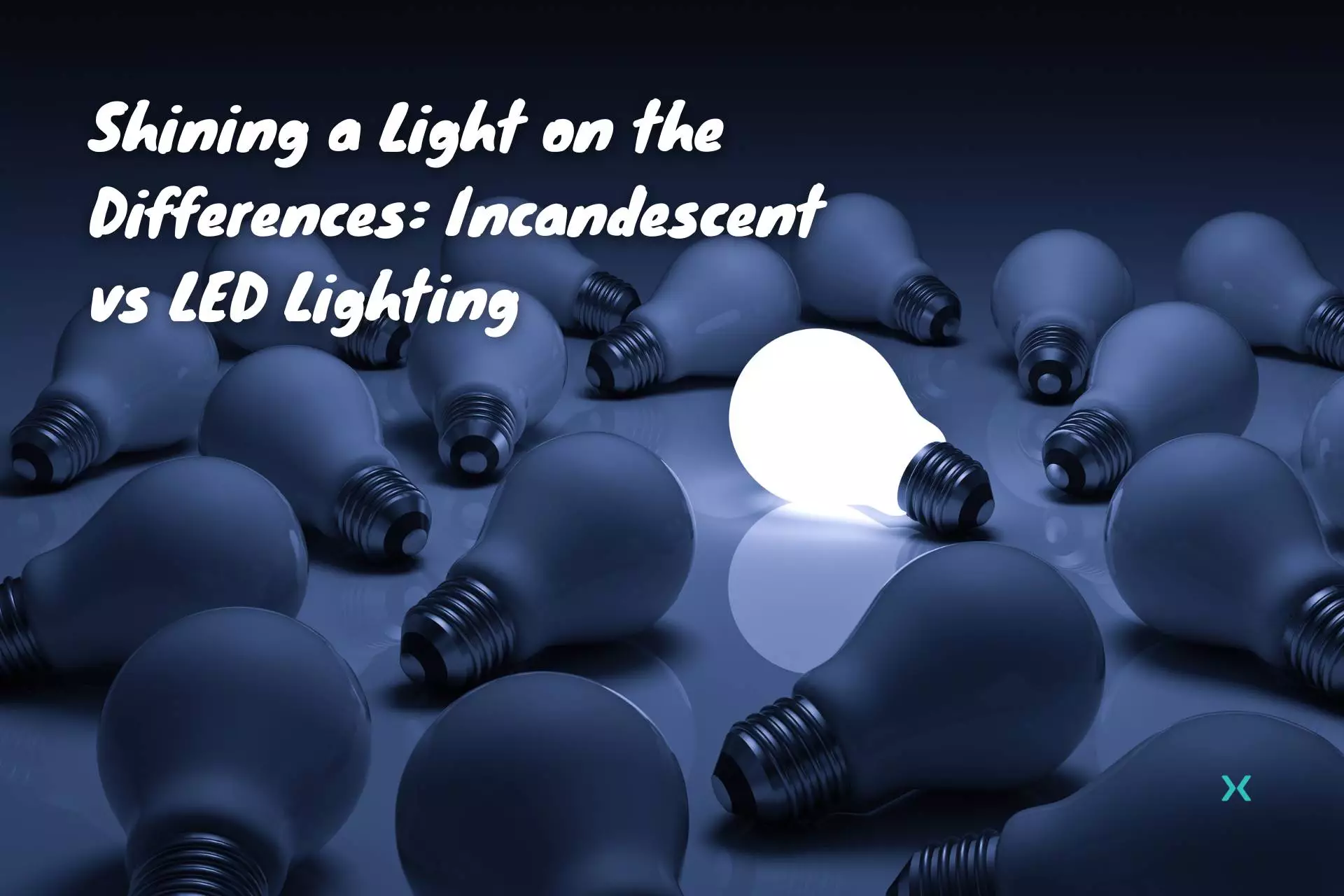💡 Incandescent vs LED Lighting. Which One Will You Choose?
When it comes to lighting your home or office, there are two main options to consider: incandescent and LED lighting.
Each has its own set of advantages and disadvantages, so it’s important to understand the basics of each before making a decision.
In this article, we’ll explore the differences between these two types of lighting and help you decide which one is best for you.
Table of Contents
💡 Understanding the Basics of Incandescent and LED Lighting

Lighting is an essential part of our daily lives. From reading and working to relaxing and entertaining, lighting plays a crucial role in setting the mood and creating the right atmosphere.
Over the years, lighting technology has evolved, and there are now various options available in the market. Two of the most popular options are incandescent and LED lighting.
This article will explore the basics of incandescent and LED lighting to help you make an informed choice.
💡 What is Incandescent Lighting?
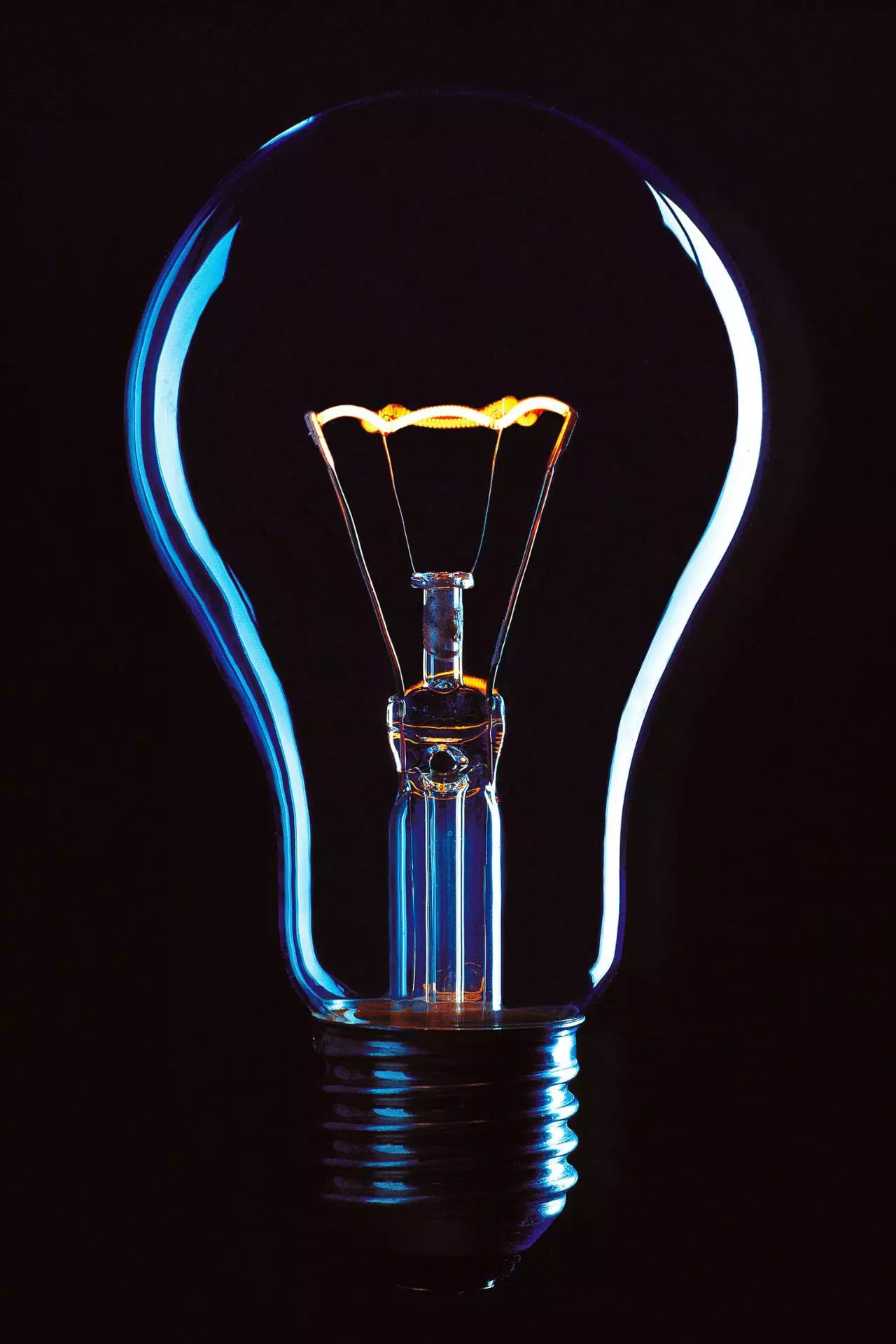
Incandescent lighting is the more traditional form of lighting that has been used for over a century.
These light bulbs use a filament made of tungsten that is heated until it emits light.
Incandescent bulbs come in a variety of shapes and sizes and are readily available at most home improvement and hardware stores.
They are also relatively inexpensive compared to other lighting options.
One of the main advantages of incandescent lights is that they produce warm, natural light that is easy on the eyes.
This type of lighting is ideal for creating a cozy and inviting atmosphere in your home.
However, incandescent lights are not very energy-efficient and have a relatively short lifespan.
They also emit light and generate a lot of heat, which can be a concern in certain situations.
💡 What is LED Lighting?
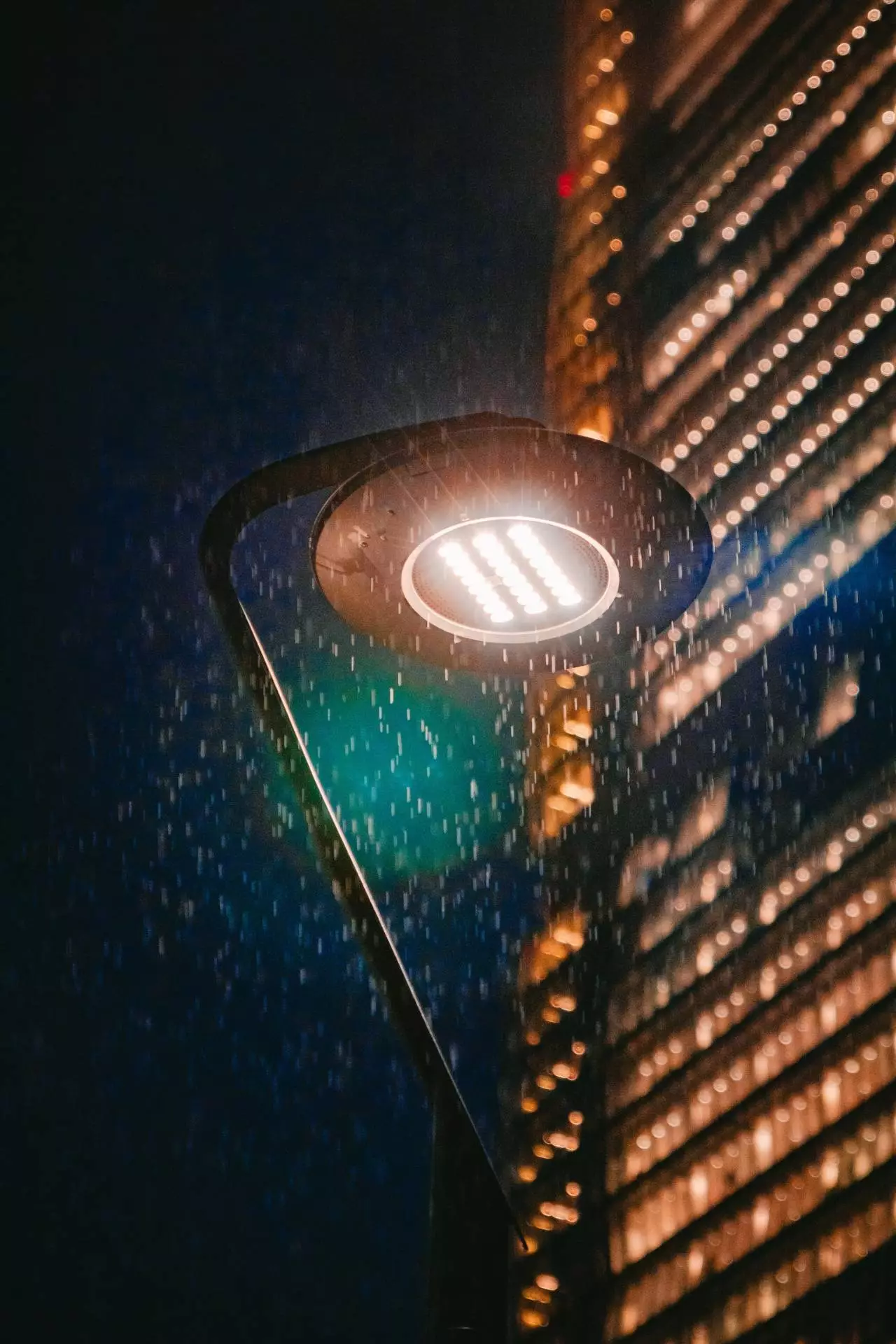
LED stands for “light-emitting diode” LEDs produce light through a process called electroluminescence.
Instead of heating a filament, LEDs use a semiconductor to produce light.
LEDs are typically smaller and more durable than incandescent lights, and they are widely considered to be the more energy-efficient option.
LED lights are available in a variety of colors and can be used to create different lighting effects.
They are also long-lasting and can last up to 25 times longer than incandescent bulbs.
LED light bulbs are also more environmentally friendly since they do not contain any toxic materials and are fully recyclable.
Another advantage of LED lighting is that it generates very little heat, making it ideal for use in enclosed spaces or areas where heat can be a concern.
LED lights are also highly versatile and can be used for a variety of applications, including indoor and outdoor lighting, automotive lighting, and even in electronic devices.
In conclusion, both incandescent and LED lighting have their advantages and disadvantages.
When choosing between the two, it is important to consider your specific needs and requirements.
If you are looking for a warm, natural light and do not mind the higher energy consumption, incandescent lights may be the right choice for you.
However, if you are looking for a more energy-efficient and versatile option, LED lighting is the way to go.
💡 The Evolution of Lighting Technologies
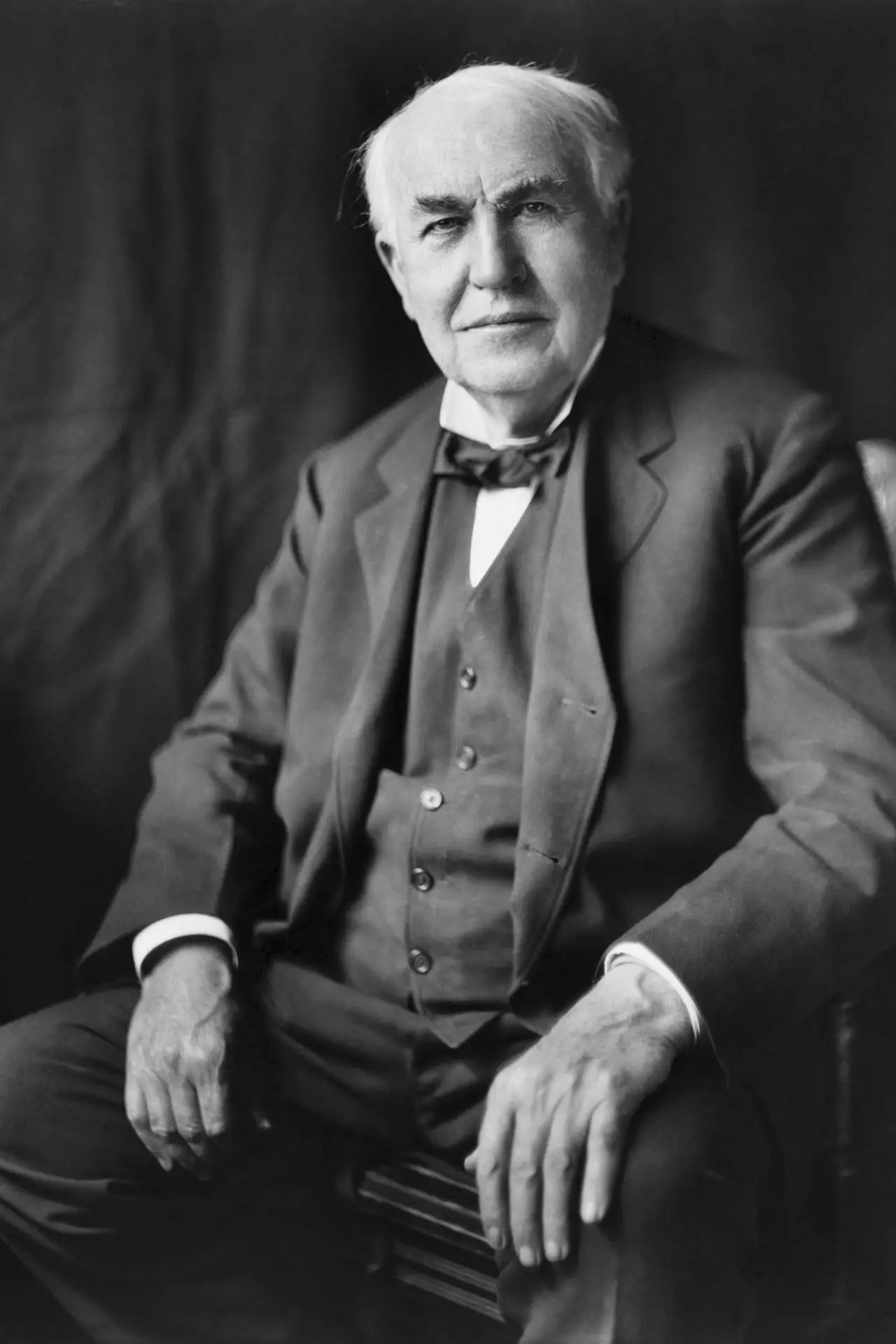
A Brief History of Incandescent Lighting
The incandescent light bulb, was invented by Thomas Edison in 1879.
It revolutionized the way people lit their homes, businesses, and streets.
Before the invention of the incandescent bulb, people used candles, gas lamps, and oil lamps to light their homes.
These methods were not only inefficient but also dangerous.
The incandescent bulb, on the other hand, was a game-changer.
It was brighter, safer, and more efficient than any other lighting method that came before it.
For over a century, the incandescent bulb remained the primary form of lighting used in homes and businesses around the world.
It was a symbol of progress and modernity.
However, in recent years, concerns over energy consumption and environmental impact have led to a shift towards more eco-friendly lighting options.
The Emergence of LED Lighting
The first ever LED technology was invented in the 1960s, but it wasn’t until the 1990s that it became widely available for general lighting purposes.
LEDs, or Light Emitting Diodes, are made of semi-conductive material that converts electricity into light.
Today, LED lights are used in a variety of settings, from residential homes to commercial buildings.
In addition to being more energy-efficient, LEDs also last longer than incandescent lightbulbs and emit less heat.
They are also more versatile in terms of design, as they can be made into various shapes and sizes.
They are also available in a range of colors, making them perfect for decorative lighting purposes.
Another advantage of LED lighting is that they do not contain any hazardous materials like mercury, which is commonly found in compact fluorescent lights or CFLs.
This makes them more environmentally friendly and easier to dispose of.
Furthermore, LED lighting technology is constantly evolving, with new advancements being made every year.
For example, researchers are currently developing LEDs that can emit ultraviolet light, which can be used to disinfect surfaces and purify water.
The emergence of LED lighting has not only revolutionized the way we light our homes and businesses but also has a significant impact on the environment.
As more and more people switch to LED lighting, the demand for incandescent lights will decrease, reducing the amount of energy consumed and the carbon footprint left behind.
💡 Comparing Incandescent and LED Lighting
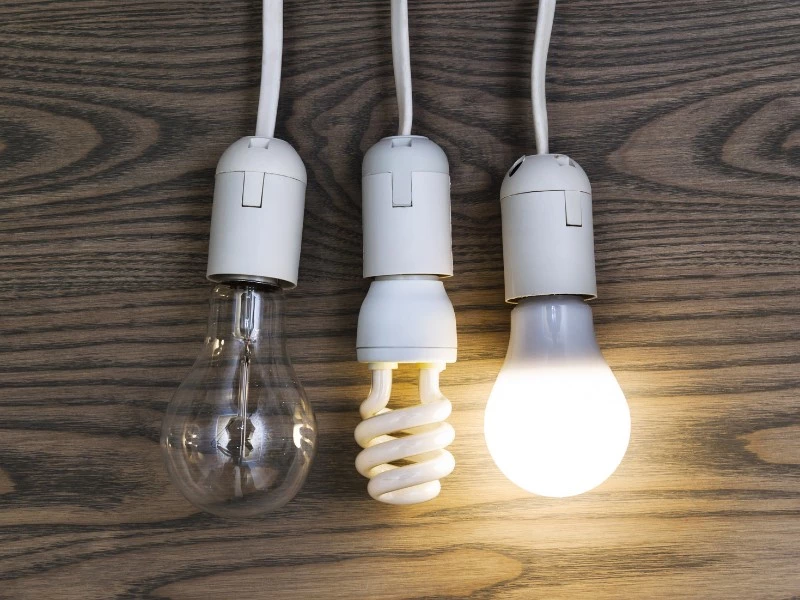
Lighting is an essential aspect of our lives. It helps us see and do things even when the sun goes down.
However, not all light bulbs are created equal.
Incandescent light bulbs, which were once the standard, are now being replaced by LED lights.
In this article, we will compare incandescent and LED lighting in terms of energy efficiency, lifespan, environmental impact, light quality and color temperature, dimming capabilities, cost, and return on investment.
Energy Efficiency
When it comes to efficiency, LED lights are the clear winner.
As mentioned earlier, an LED bulb uses up to 90% less energy than an incandescent lightbulb.
This means that if you replace your incandescent lightbulbs with LEDs, you can save a significant amount of money on your energy bill.
Not only that, but you’ll also be reducing your carbon footprint by using less energy.
Lifespan
Another advantage of LED lights is their longer lifespan.
While an incandescent bulb typically lasts for around 1000 hours, an LED bulb can last for up to 25,000 hours or more.
This means that you won’t have to replace your bulbs as often, which can also save you money in the long run.
Additionally, LED lights are more durable than incandescent bulbs and can withstand more shock and vibration.
Environmental Impact
Because they use less energy and last longer, LED lights are also considered to be more environmentally friendly than incandescent lights.
Incandescent bulbs contain small amounts of toxic chemicals, including mercury, which can be harmful to both people and the environment.
When incandescent lights are disposed of improperly, these chemicals can leach into the soil and water, causing pollution.
LED lights, on the other hand, do not contain any toxic chemicals and can be recycled.
Light Quality and Color Temperature
One of the main advantages of incandescent bulbs is the warmth and natural glow they offer.
However, LED lights are now available in a variety of color temperatures, and many people prefer the bright, white light that they emit.
LED lights can also be dimmed with more precision than incandescent bulbs, allowing you to create the perfect ambiance for any occasion.
Dimming Capabilities
Speaking of dimming, LED lights offer greater flexibility than incandescent bulbs when it comes to brightness.
Many LED lights are dimmable, and some can be controlled via an app on your smartphone or tablet.
This means that you can adjust the brightness of your lights from anywhere, making it easier to create the perfect atmosphere for your home or office.
Cost and Return on Investment
The initial cost of LED lights is often higher than incandescent bulbs.
However, as we’ve seen, LED bulbs are much more energy-efficient and last longer, which means you’ll save money on your energy bill and replacement costs over time.
Some experts estimate that you can recoup the cost of an LED bulb through energy savings within a year or two.
In other words, LED lights are not only better for the environment, but they’re also a smart investment for your wallet.
💡 Making the Switch to LED Lighting
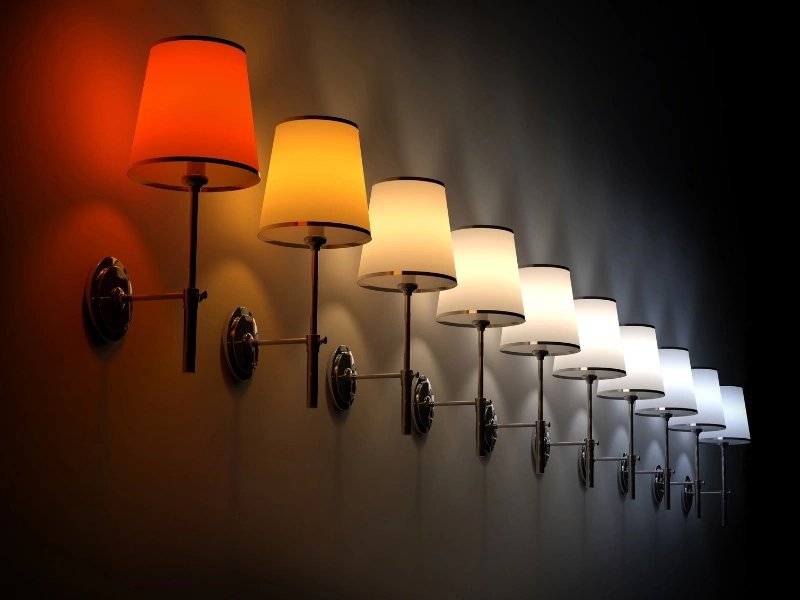
LED lighting has become increasingly popular in recent years due to its efficiency and long lifespan.
If you’re considering making the switch to LED lighting, there are a few things you should keep in mind to ensure a successful transition.
Assessing Your Current Lighting Needs
Before you start replacing all of your incandescent bulbs with LEDs, it’s important to assess your current lighting needs.
Determine which areas of your home or office require the most lighting, and consider the wattage and color temperature of the light you need.
For example, if you have a home office, you may want to opt for LED light bulbs with a higher wattage to ensure adequate lighting for reading and writing.
On the other hand, if you have a bedroom, you may want to choose LED bulbs with a lower wattage and a warmer color temperature to create a cozy and relaxing atmosphere.
Choosing the Right LED Bulbs
When choosing LED bulbs, be sure to look for ones that are compatible with your existing fixtures.
LED bulbs come in a variety of shapes and sizes, so it’s important to choose the right one for your specific fixture.
In addition to compatibility, you’ll also want to consider the color temperature of the bulbs. LED bulbs come in a range of color temperatures, from warm white to cool white.
The color temperature you choose will depend on the room you’re lighting and the mood you want to create.
For example, “warm white” is a good choice for living rooms and bedrooms, as it creates a cozy and inviting atmosphere.
“Cool white,” on the other hand, is a good choice for bathrooms and kitchens, as it provides a bright, white light that helps you see more clearly.
Installation and Maintenance Tips
When installing LED bulbs, be sure to follow the manufacturer’s instructions.
In most cases, they can be screwed into your existing fixtures.
However, if you’re unsure about how to install them, it’s always a good idea to consult a professional.
When it comes to maintenance, LED bulbs don’t need to be replaced as often as incandescent lights, but it’s still important to clean them periodically to ensure they are functioning at their best.
To clean LED bulbs, use a soft, dry cloth to remove any dust or debris.
Avoid using water or cleaning solutions, as these can damage the bulbs.
Overall, making the switch to LED lighting can be a great way to save energy and money in the long run.
By assessing your current lighting needs, choosing the right LED bulbs, and following proper installation and maintenance procedures, you can enjoy the many benefits of LED lighting for years to come.
📗 Related Reading: Homeowners Guide to Electrical Safety
💡 Final Thoughts on Incandescent vs LED Lights

As we’ve seen, there are numerous differences between using incandescent light bulbs and LED lighting.
While incandescent bulbs have a warm, natural glow, LEDs offer greater energy efficiency and long-term savings.
When making the switch to LED lighting, be sure to take into account your specific lighting needs and choose the right bulbs for the job.
LED bulbs are a worthy investment, and you’ll be glad you chose these light bulb types over regular bulbs.
Call the experts at Phyxter Electrical Services to upgrade your lighting game today!
📗 Want to learn more about your home’s electrical and lighting system? Check out our other electrical articles!
Related Reading: Top 10 Common Home Electrical Problems and Solutions

